BY DALE BURG
If you’ve ever been running in a sweat-drenched cotton T-shirt, you know that your exercise wear can seriously affect your performance for better or worse.
Today, virtually every sports-apparel company uses some kind of moisture-wicking or technical fitness material that was developed for use during extreme physical exertion. Such material “wicks” sweat away from the body so it evaporates quickly, and the wearer remains cool and dry during a workout.
Performance fabrics are typically made of polyester, nylon, Coolmax, or luon (the signature fabric for the lululemon athletica brand). Not only are they more “breathable” than pure cotton, but they also keep their shape and resist fading, shrinking, and wrinkling. They may be combined with spandex or elastane (often branded as Lycra, a synthetic based on plastic), Lyocell (branded as Tencel, and made of wood pulp), wool, and yes, even cotton.
When you’re shopping for exercise clothing, read the label, says Taylor Penrod, who writes a blog about running clothes (onmyrun.tumblr.com). “Make sure it says ‘moisture wicking.’ What’s tricky is that there are grades within the market and even within brands.”
What’s more, the information can be misleading. “Some products say moisture wicking, but they’re sixty percent cotton,” Penrod points out. Though cotton is appropriate for activities with a low level of exertion—for light yoga, for example, or for weightlifting—you want little or no cotton content in clothing you’ll be wearing when you’re likely to sweat.
And certainly any item that is touching the skin during strenuous activity should be made of performance fabric, she says. “Start from the inside out. For a woman, that means a moisture-wicking sports bra, for example.” Many athletes like long silk underwear in cold weather. While conventional, untreated silk is absorbent and retains moisture; today, moisture-wicking silks are available.
Though wearing a moisture-wicking long-sleeve shirt or vest as a top layer will block the wind and also keep you warm by pulling the sweat away, where it evaporates, you can compromise with a cotton-blended fabric on an outer layer, Penrod says, if you’re wearing the right inner garments.
Fabric will retain its moisture-wicking properties longer if you take good care of it by washing the garments in cool water and hanging them to dry rather than putting them in the dryer.
Two local sources for performance wear are Indiana Running Company (121 N. College) and Vibe Yoga Studio (1705 N. College), which carries lululemon in a range of fabrics and styles for activities from yoga to running.


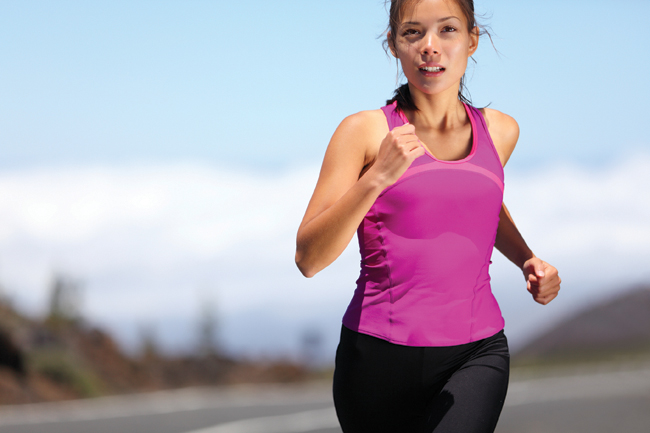
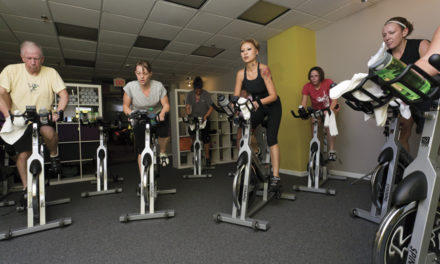
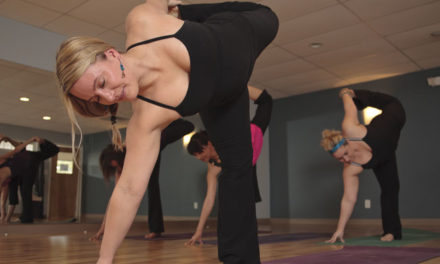
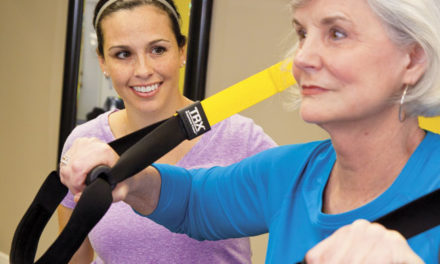
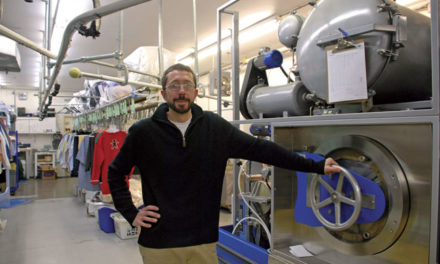










Great article! Thanks for the advice, Taylor!